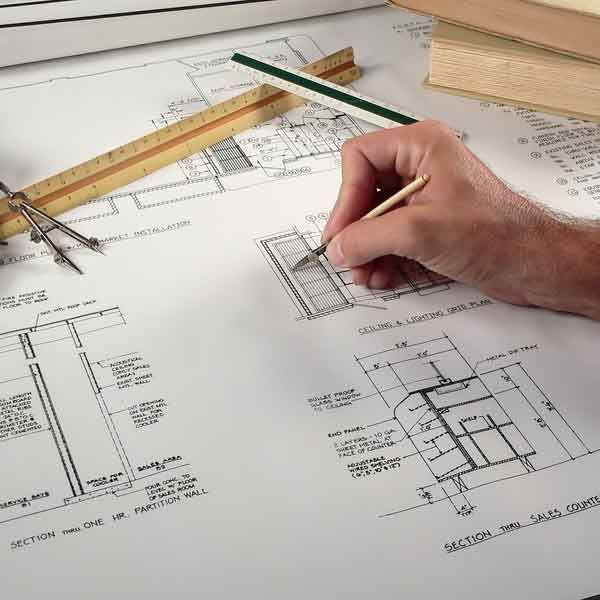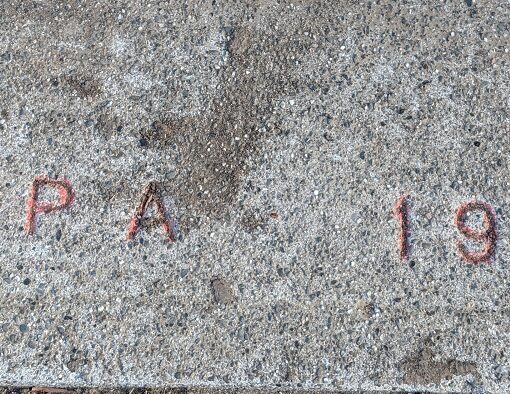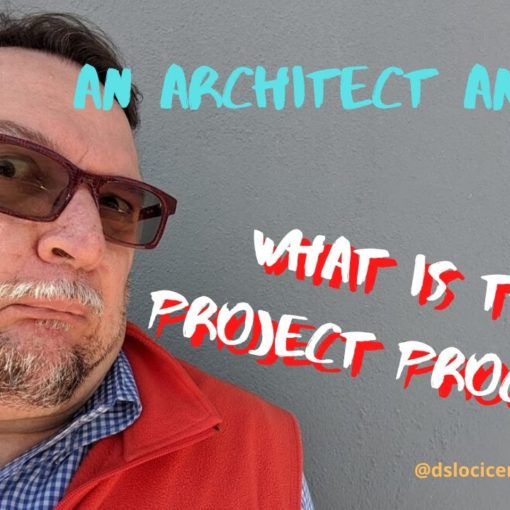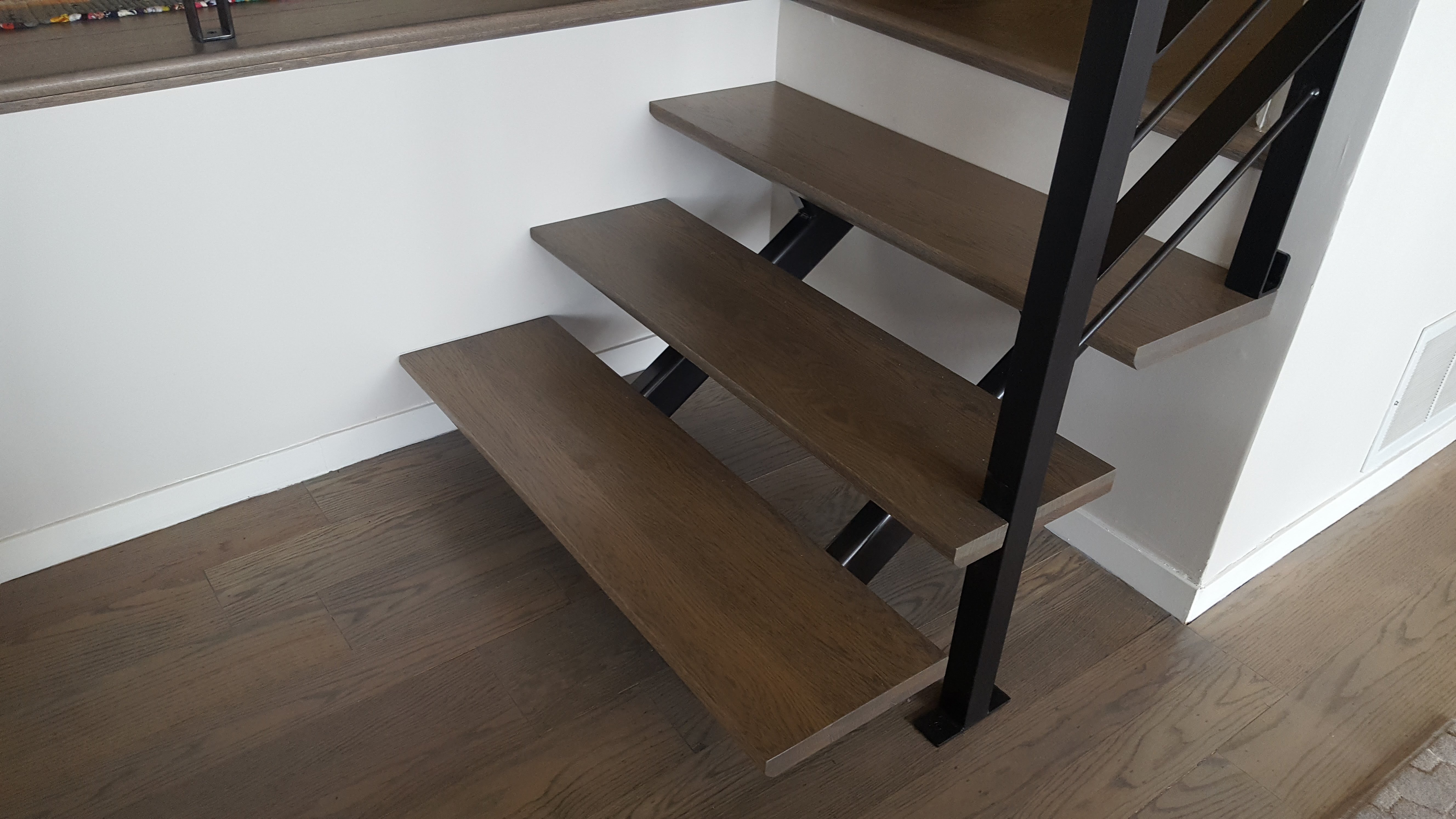
How have I spent my time the last couple of days?
In answering this question, I am starting an ongoing series of posts about what an architect does. A recent survey of the general public found that 72% of people didn’t know that architects can apply for planning permission. 22% of people didn’t know that architects prepare detailed construction drawings for building projects!
The only way to address these gaps, among others exposed in the survey, is for architects to talk about what they do. Today I am going to focus on what I’ve been working on this week.
Pre-Purchase Consulting
I have a wonderful client who has come back to me several times for different projects. She contacted me this week for some consulting. She is considering buying a new property for her business. She knows it will need work to make it right for her business. So, in addition to having a contractor look at the property, she asked me to look at the property and give her a rough estimate of the cost to make the changes she envisions – and identify issues that might also need to be addressed.
In the case of this property, the major issues had to do with bringing the building into compliance with current accessibility standards and the brand new California Energy Code, which came into affect on 1 July. I provided her with a written description of the major issues I saw and an estimate of the total construction budget to address them and make the building work for her business. Now she has a clearer idea about what the total cost of the property will be. She also has some “ammunition” for entering into a purchase negotiation.
These services were performed on an hourly basis. I’ll prepare and send out my invoice after the holiday weekend.
Preparing A Proposal
Last week I was approached by a prospective client about a minor remodeling to an investment property. I met her at the property on Monday afternoon and she explained what she was looking for. This week I have been preparing my proposal for architectural services for the project.
Contrary to what many may think, architects don’t just throw a number at a project. Preparing a proposal is really like preparing a draft copy of a project plan. I considered all the phases of the project from creating existing conditions drawings, through design, preparation of permit drawings, applying for a permit and providing services during construction. I had to estimate how many sheets of drawings the project will require and how much time I will spend on each task during each phase of the contract. I had to estimate not only my time and compensation, but also how long the whole project would take from start to finish. I also contacted a structural engineer to get an estimate from him for what the structural portion of the project would entail. All of this ground work took about 6 hours.
Pulling all of this information together in a coherent way, describing the scope of the project, the services I will provide, how much my compensation will be and what I think the project schedule will be took me about 4 hours. I double checked my estimates and tinkered with them to ensure I wasn’t leaving anything out. I prefer to spell out everything the project requires up front, at the risk of the proposal seeming “high”. The alternative, “low balling” a proposal, then hitting the client with “extra service” requests for things that really should have been included, is a sleazy business practice .
I have put in over a day’s labor preparing this proposal. I now have a good understanding of what the project will take to execute.
Every project is different. Every client is different. Every municipality is different. So every proposal requires serious thought and consideration.
Building, even remodeling, involves custom tailored services for a custom tailored design. It isn’t cheap. But if time is not spent at the very beginning of a project considering all of these issues, the project can be even more expensive.
Nobody wants that.
I consider preparing a quality proposal one of the most essential services an architect can perform. It helps a client understand the scope of their project, the tasks involved in executing the project, the time the project will take, and the cast of characters involved (owner, architect, engineers, city personnel, contractors, sub-contractors, etc.). It is not just a proposal or an agreement, it is an educational document. It is also a simplified project plan.
I will email the proposal to the prospective client this afternoon. I hope to find out if I got the project early next week.





